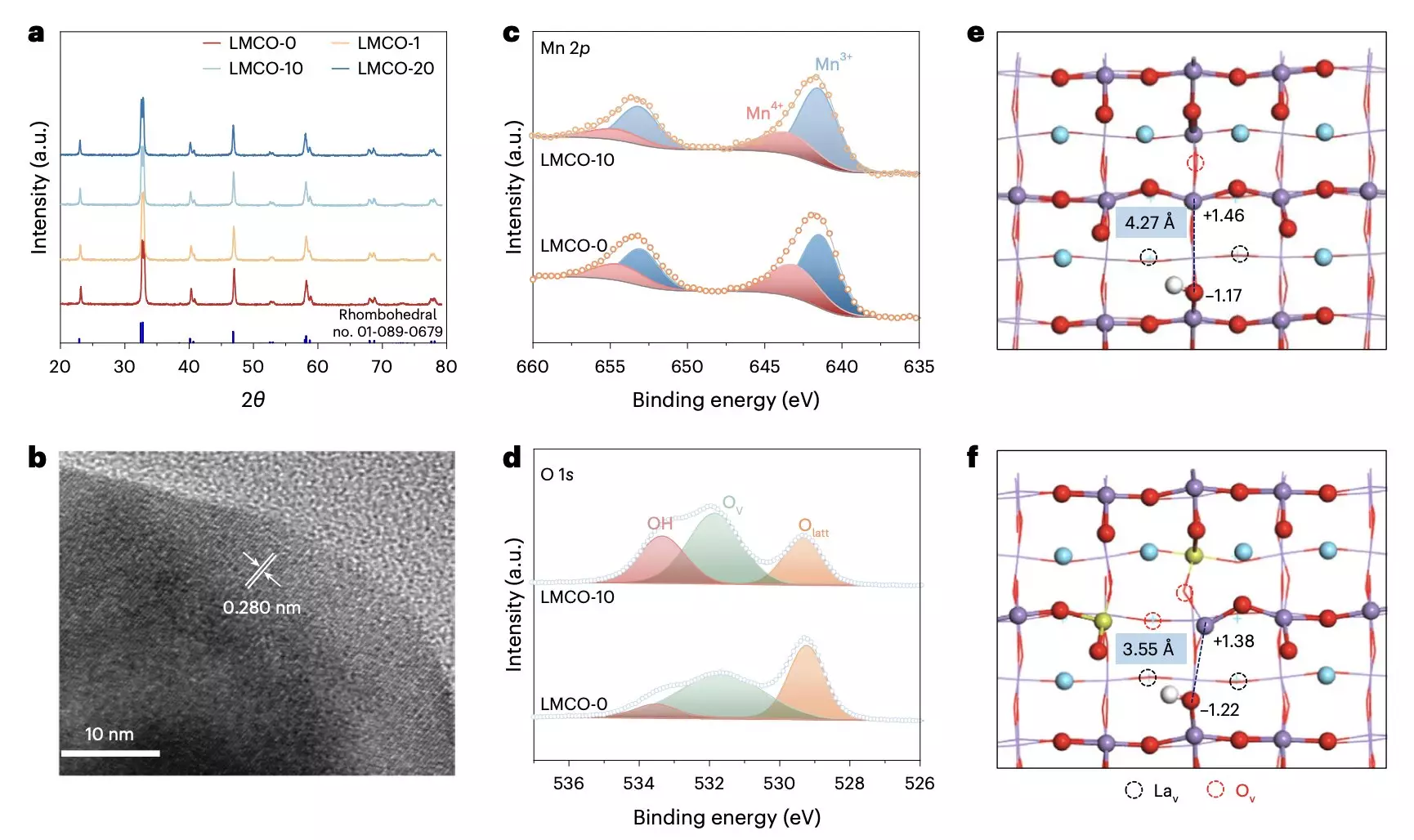Ethylene, a highly flammable compound, is widely used across various industries, including packaging, plastics, agriculture, and healthcare. With the demand for ethylene on the rise, it is crucial to develop effective and sustainable methods for its large-scale production. Traditionally, ethylene is produced by converting ethane, which is found in abundance in natural gas, into ethylene and hydrogen. However, these methods often require a significant amount of electrical power, leading to a high carbon footprint.
Recently, researchers from Soochow University, University of Toronto, and other institutes have introduced a novel approach to produce ethylene using solar-powered photocatalytic dehydrogenation of ethane. This innovative method utilizes the perovskite oxide LaMn1−xCuxO3 as a selective photocatalyst, allowing for the conversion of ethane into ethylene and hydrogen using solar or LED light. This approach offers a promising alternative to the traditional fossil-powered steam cracking method, potentially reducing greenhouse gas emissions associated with ethylene production.
The use of LaMn1−xCuxO3 as a photocatalyst has been shown to efficiently convert ethane into ethylene and hydrogen without the need for external heat sources. By utilizing solar or LED lights, this method results in lower carbon emissions, making it a more sustainable option for ethylene production. The unique properties of the perovskite oxide, including its redox-active Lewis acid and base sites, optimize the activity, selectivity, and yield of ethane dehydrogenation.
The researchers demonstrated the effectiveness of their solar-powered ethylene production approach through a rooftop prototype device, achieving remarkable ethylene production rates. Furthermore, comprehensive technical and economic analyses highlighted the significant economic potential of this solution. With ethylene production rates reaching 1.1 mmol g−1 h−1 and ethane conversion at 4.9%, the research team showcased the viability of solar ethylene production from ethane on an industrial scale.
The Path Forward
Moving forward, the researchers aim to further investigate the performance of their photocatalyst and photoreactor, focusing on optimizing catalytic reactions. They also plan to improve photochemical activation, light capture, and light transport rates to enhance the overall efficiency of the LaMn1−xCuxO3 perovskite photocatalyst. By carefully engineering the photocatalyst and photoreactor to maximize light absorption and minimize losses, the potential for large-scale ethylene production appears promising.
The development of a solar-powered photocatalytic approach to ethylene production represents a significant step towards a more sustainable future. By leveraging the unique properties of the LaMn1−xCuxO3 perovskite oxide, researchers have demonstrated a feasible alternative to traditional ethylene production methods, offering a more environmentally friendly and economically viable solution for meeting the growing demand for this versatile hydrocarbon.


Leave a Reply